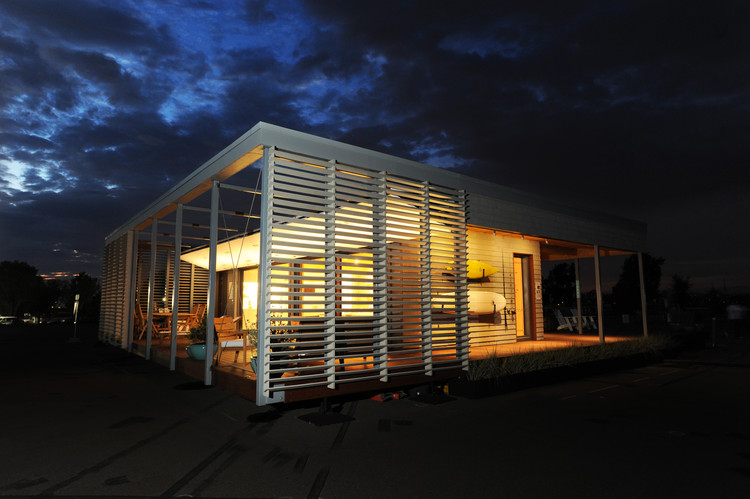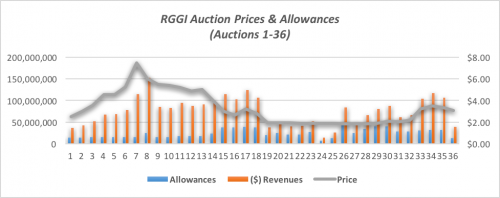
by Thomas G. Bourgeois, Deputy Director
Hurricanes Harvey and Irma are fresh in our minds. We read of the homes, businesses, healthcare facilities the customers numbering in the millions who were without power. Although unpleasant for most, not having power, heating and cooling can be fatal for some.
In Hollywood Hills, Florida, New York Times reported deaths of 8 residents at The Rehabilitation Center, where air conditioning systems failed due to a power outage. This stands as a stark reminder of the importance of maintaining continuous energy services for certain vulnerable populations and for high priority services. When the power is out at hospitals, nursing homes, assisted and senior living, large multifamily and public housing complexes, there are few good options. One approach that has succeeded time and again in the past is an onsite, combined heat and power (CHP) system that has been constructed to run during grid outages.
Properly designed, configured, and operated combined heat and power (CHP) systems can provide power, heating and cooling to buildings during energy outages of extended duration, as was delivered during Super Storm Sandy. Pace Energy and Climate Center discusses in Powering Through Storms, natural gas (generally not affected by storms) powered CHP is capable of delivering energy services so that the site remains comfortable, habitable, and functional.
At businesses, campuses, healthcare centers, and multifamily complexes where energy demands are suited, well-designed CHP systems can be smart, cost saving investments. They offer a suite of benefits, well beyond cost savings, that are often overlooked. An important benefit of a CHP system is the resiliency the building and its occupants can depend on. Post Katrina, Sandy, and now Post Harvey and Irma It’s time that decision makers account for the reliability that a CHP system offers them when making investments in buildings.
The resiliency value of CHP has been well documented in “Combined Heat and Power: Enabling Resilient Energy Infrastructure for Critical Facilities” prepared for Oak Ridge National Labs 14 case studies from around the country describe the performance of CHP systems during emergency events. When disasters, like hurricanes Harvey and Irma, Sandy, Katrina, and others, strike we are all reminded of the enormous economic, personal, and social value of operating hardy buildings. The ability to withstand and recover from a storm is particularly important for critical infrastructure facilities, such as hospitals and wastewater treatment plants, or in residential complexes where vulnerable populations–the elderly, the infirm, and the very young—are best served by a “safe in place” strategy to the extent possible.
It would behoove anyone charged with making investments to value the resiliency of buildings, especially critical infrastructure. The investment in combined heat and power generates economic returns and environmental benefits over the long run. By also valuing building resiliency, CHP becomes an ever more attractive, yet far too often overlooked investment for a broad class of buildings.

The Regional Greenhouse Gas Initiative (RGGI) is the United States’ first market-based cap and trade mechanism to reduce emissions within the nine states that participate. RGGI only applies to power generators greater than 25MW of installed capacity, and membership is optional.
Announcement
The nine states in the Regional Greenhouse Gas Initiative (RGGI) reaffirmed their climate leadership by agreeing to a visionary plan to reduce power plant carbon emissions by an additional 30% by 2030. The plan includes program design changes that will increase the RGGI program’s effectiveness and help keep the RGGI states on track for meeting their 30% target.
These changes come at a critical moment. Many U.S. states are increasing emission reduction efforts to offset the impact of the federal government’s back peddling on climate action, and to challenge the Trump administration’s recent announcement of the intent to withdraw the U.S. from the Paris Agreement.
Program Mechanisms
The RGGI states agreed to a plan that includes an additional 30% reduction in the emissions cap by 2030. The plan also includes several key design changes that are expected to strengthen RGGI and make the 30% reduction attainable.
The first key change is the addition of an Emissions Containment Reserve (ECR), which sets a price-floor for emission allowances, and permanently retires allowances if the price-floor is triggered. The ECR, which will be implemented in 2021, certainly is a step in the right direction for addressing an oversupplied market. However, two of the RGGI states—Maine and New Hampshire—have indicated that they do not intend to implement an ECR.
The second key change is a full excess-banked-allowance adjustment. This adjustment will occur during the years 2021–2025, and will send a clear message that the RGGI states intend to prevent an oversupply of allowances from eroding the effectiveness of the RGGI program.
The third key change is a set of modifications to the Cost Containment Reserve (CCR). The CCR sets a price-ceiling which, if triggered, releases additional allowances into the market. The modifications to the CCR include both an increase in the price-ceiling and a reduction in the number of allowances released if the price-ceiling is triggered.
The true success of the RGGI states’ aggressive plan will likely result from the combined impact of the additional 30% cap decline and these three key design changes:
1. The addition of an ECR, with a price-floor initially set at $6 in 2021, a price greater than the current auction clearing price, and set to be increased by 7% annually.
2. The additional cap adjustments in the period 2021–2025 to address excess banked allowances.
3. The modifications to the CCR, with a price-ceiling of $13 in 2021, which is set to be increased by 7% annually, and with a decrease in the number of allowances released upon a trigger.
The Details
The proposed cap for 2021, from which annual reductions will follow, is 75.15 MTco2. During the years 2021–2030, the cap will decline annually by 2.275 MTco2 allowances, resulting in a 2030 cap of 52.39 MTco2. The RGGI states also plan to address the excess banked allowances that have accumulated in the market. The states will revise the Model Rule to establish a formula for calculating the number of banked allowances in the market. The formula will be applied in 2021, and the emissions cap will be adjusted to account for the banked allowances during the period 2021–2025.
All states, except New Hampshire and Maine, plan to adopt an ECR that will permanently retire allowances from circulation if auction prices fall below the price-floor. The ECR will be implemented in 2021, and is structured to remove a quantity of allowances equivalent to 10% of that year’s base cap if it is triggered. The price floor for the ECR initially will be set at $6, and will be raised by 7% annually.
For the CCR, the price-ceiling will be set at $13 starting in 2021, and will also increase by 7% annually. This is a significant increase over both the current trigger price of $10, and current 2.5% rate of increase in the trigger price. The number of allowances in the CCR also is significantly reduced under the RGGI state’s aggressive plan. Beginning in 2021, the number of allowances in the CCR will be limited to 10% of the RGGI cap for that year. Based on the anticipated cap for 2021, the CCR will contain approximately 7.515 million allowances for potential release in 2021. This is a significant reduction from the current level of 10 million allowances in the CCR for potential release annually.
These program design changes are also important to protect another of RGGI’s successes—the reinvestment of proceeds generated from allowance auctions. To date, RGGI auctions have generated over $2.7B in revenue, almost half of which has been invested in energy efficiency, renewable energy development, and other beneficial programs. Allowance auction prices directly impact the amount of revenue available for these reinvestment programs (see Figure 1). The RGGI program design changes will help to prevent excessive allowances from accumulating in the market and should result in an increase in allowance prices over time, which should in turn increase the allowance proceeds available for reinvestment, even as the number of allowances available for auction decline.

Figure 1: Revenues from RGGI auctions have generated upwards of $2.7B in funds for energy efficiency and renewable energy development in participating states. At its peak, RGGI generated over $152M to benefit states in a single auction.
Final Thoughts
The program modifications are certainly ambitious, and are being celebrated as a win by many of the environmental advocates, including the Natural Resources Defense Council (NRDC). Since its inception, RGGI’s goal has always been to reduce power plant emissions within the region, and these proposed changes should add to the program’s ongoing success if adopted. The proposal is already being met with significant praise from the heads of state agencies such as New York’s Department of Environmental Conservation and the Massachusetts Department of Environmental Protection.
Looking ahead, several challenges await the program changes, and not all of the RGGI states (Maine & New Hampshire) have tendered their full support for all of the changes. Theoretically, the changes will help market forces drive up the price of allowances, creating an environment that drives investment towards renewable energy and efficiency. The concern is what the responses will be from compliance entities regarding how they procure their electricity.


